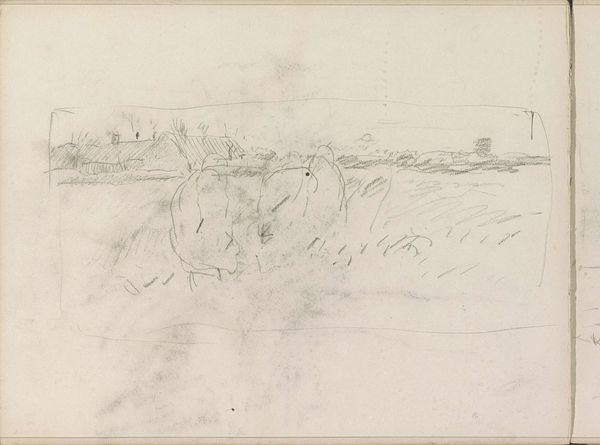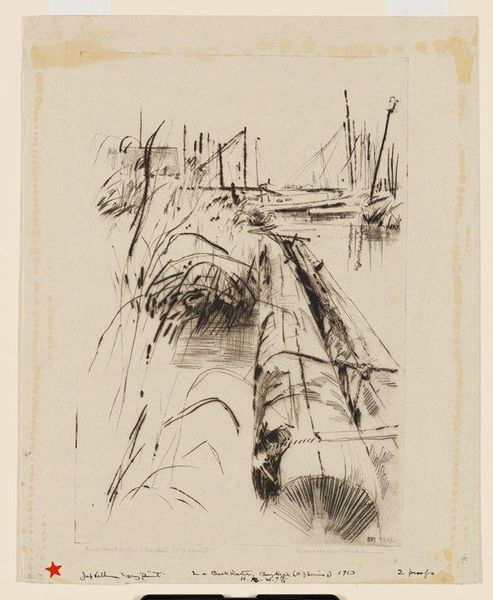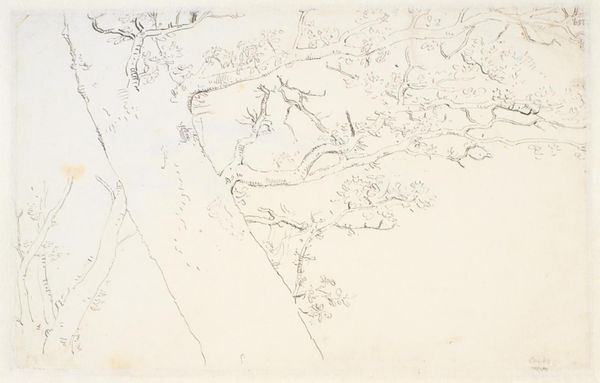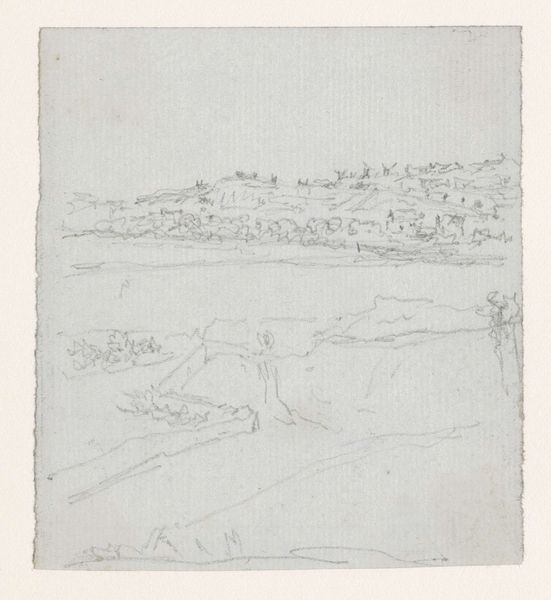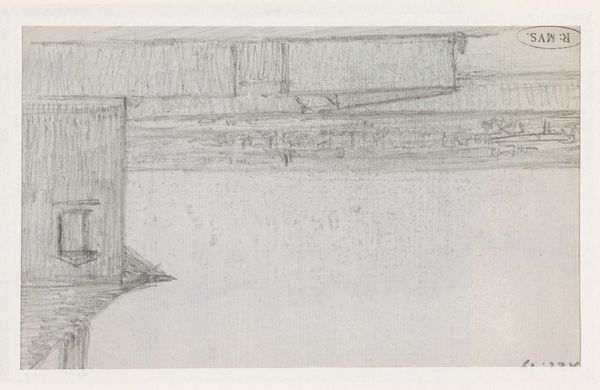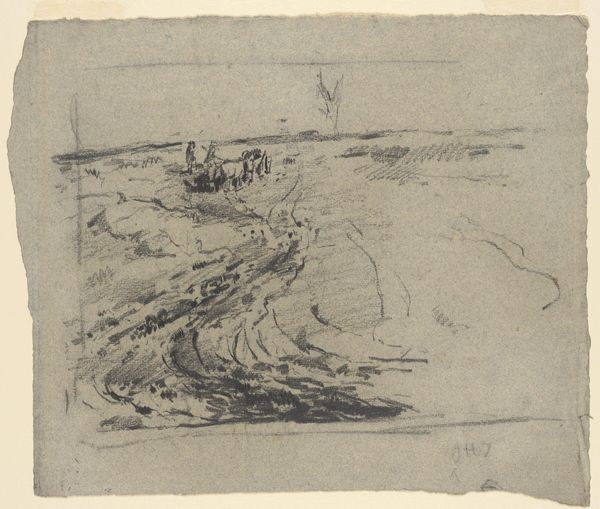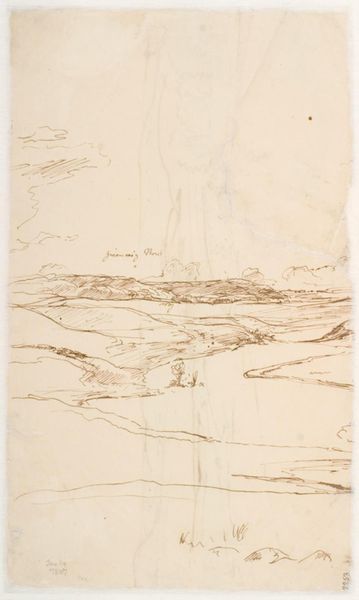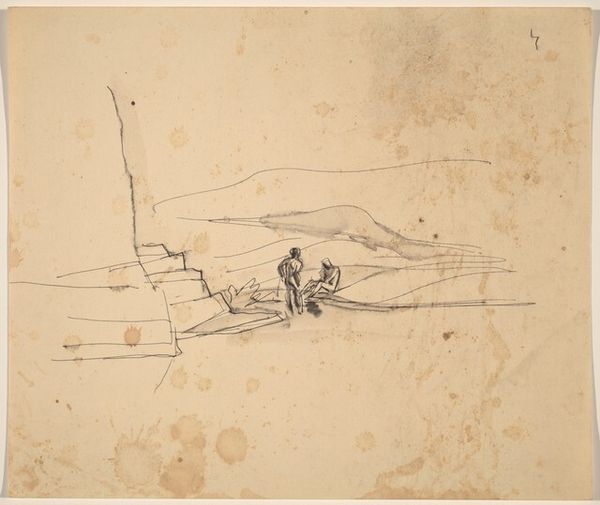
drawing, ink
#
drawing
#
ink painting
#
landscape
#
ink
#
romanticism
Dimensions: 331 mm (height) x 198 mm (width) (bladmaal)
Editor: Here we have Dankvart Dreyer's "Brudstykke af kæmpehøj på Brandsø," an ink drawing from 1842. It's a quick sketch, almost ghostly. What strikes me is the starkness of the landscape. What do you see in this piece? Curator: It's interesting that you say "ghostly." Look at how Dreyer uses the ink not just to depict, but to evoke. The landscape itself becomes a canvas for memory. Do you see how the burial mound dominates the foreground? For me, it’s not merely a geographical feature but a powerful symbol. Editor: Of what? Curator: Of the past, of course. The Danish title translates to "Fragment of a Giant's Mound on Brandsø." Mounds like these were perceived in the Romantic era as tangible links to a heroic, mythical past, and even stand for a sort of "origin" of the Danish people. In its lines, this drawing recalls ancient sagas, lost battles, and the enduring spirit of a culture. What emotions does this symbolism awaken in you? Editor: A sense of reverence, definitely. Like I'm peering into a history book, but one written in earth and ink, instead of words. There is so much light in the background. How do you read that? Curator: The light breaking on the horizon suggests not only the physical dawning of a new day but also the potential rediscovery of the nation’s cultural memory. The choice of ink amplifies that feeling - a wash over of something lost, or nearly forgotten. Editor: I never considered how literally the materials could reflect the meaning. Thank you for pointing that out. Curator: It all speaks to how artists like Dreyer infused their landscapes with deep cultural and psychological significance. These aren't just pretty pictures; they're vessels carrying stories across time.
Comments
No comments
Be the first to comment and join the conversation on the ultimate creative platform.

